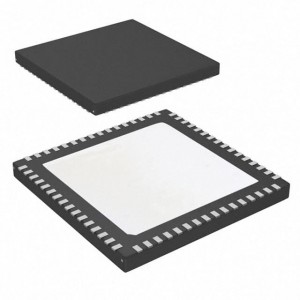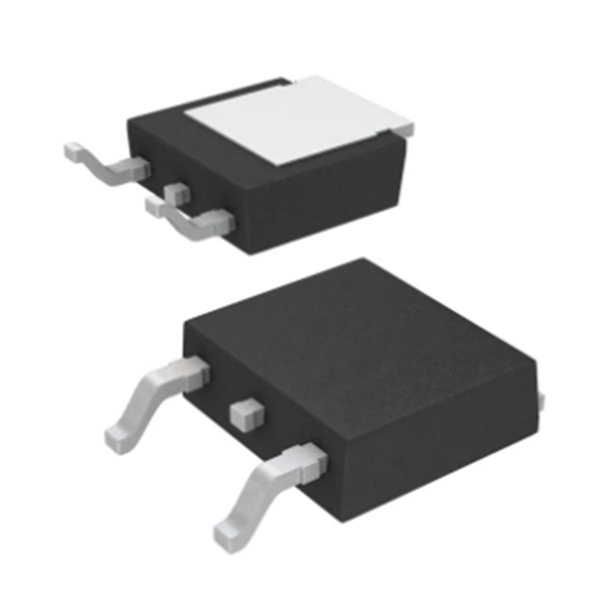Original New IC Chip WQFN-64 DS90UB948TNKDRQ1 Electronics Components One Spot Buy
Product Attributes
| TYPE | DESCRIPTION |
| Category | Integrated Circuits (ICs) |
| Mfr | Texas Instruments |
| Series | Automotive, AEC-Q100 |
| Package | Tape & Reel (TR)
Cut Tape (CT) Digi-Reel® |
| SPQ | 2000T&R |
| Product Status | Active |
| Function | Deserializer |
| Data Rate | 3.36Gbps |
| Input Type | FPD-Link III, LVDS |
| Output Type | LVDS |
| Number of Inputs | 2 |
| Number of Outputs | 8 |
| Voltage - Supply | 1.71V ~ 1.89V, 3V ~ 3.6V |
| Operating Temperature | -40°C ~ 105°C (TA) |
| Mounting Type | Surface Mount |
| Package / Case | 64-WFQFN Exposed Pad |
| Supplier Device Package | 64-WQFN (9x9) |
| Base Product Number | DS90UB948 |
Why is monocrystalline silicon used as a base for chip production?
Author: harry4112
Link: https://www.zhihu.com/question/515054180/answer/2337519553
Source: Zhihu
Copyright belongs to the author. Please contact the author for authorization for commercial reprints, and cite the source for non-commercial reprints.
Why do wires need plastic skins? You can't use bare copper wire? Because without a plastic skin separating them, the wire can easily conduct electricity when it touches other substances and cannot transmit current, or what if it is strong and electrocutes someone? What if more non-conductive wires must be made of plastic? Not absolutely, the earliest wires have wrapped linen, brush tung oil (and now, enameled wire), in specific places, taking into account the cost, the ability to isolate electricity, etc., or even if you want, you can use silicon, silicon dioxide to do isolation, of course, these two are very brittle solid material, only suitable for a manufactured, never relatively mobile wire, which is just right for the chip internal wire this scene.
The above is possible with silicon and silicon dioxide for wire isolation for chips. Yes, one of the big uses of silicon substrates in chips is for isolation, the same as the use of plastic skins for wires, only manufactured in reverse. Wires have bare copper wires before they are painted with plastic skins; chips have existing silicon insulation skins before they are laid out (plated) with bare copper wires.
Why single crystal silicon? Two reasons, first of all, it has to be very pure, otherwise or else it will not be insulated due to the participant conductivity and will not provide a specific pre-material for the subsequent generation of the semiconductor junction. This is quite understandable, isn't it? You want to make a PN junction at a certain location, but then there are already a few messed up phosphorus atoms at that location and it is already an N-type structure, so you want to change it to a P-type? It's easy to go from pure to heterogeneous, but it's very difficult to go from heterogeneous to pure, so you start with high-purity silicon. Why can't it be polycrystalline silicon? It has to do with the generation of PN junctions (there may be other designs, represented by PN) as well. This is because PN junctions are too small for the intercalation process and the resulting circuit characteristics, which require 100% compliance with the design requirements, are precisely verified if there are no lattice defects, how many "impurities" are mixed in, and what electrical characteristics are obtained.
Where there are lattice defects, this is not necessarily the case. The lattice defects in polysilicon are similar to the pits in the foundation, and they are very large, so when the asphalt is laid, the electrical response is not the same as elsewhere. It becomes 1! Is this circuit logic still correct? By extension, can other materials be used? Could polycrystalline be used? In other applications, or where it is not so delicate (strong power, non-weak logic), it is possible or is being investigated. For example, silicon is extremely doped in some ultra-high frequency, ultra-low voltage, ultra-high current situations, not very suitable, then there are other special silicon germanium, gallium and other materials of the reference, and even the substrate of the chip, solar panels because the main is to provide strong electricity, not too concerned about the voltage difference so little, of course, there is a cost, most of them are polycrystalline silicon. As for other materials, after all, silicon is everywhere and only needs to be purified. Other things, which are both difficult to find, also need to be purified as well.










.png)



